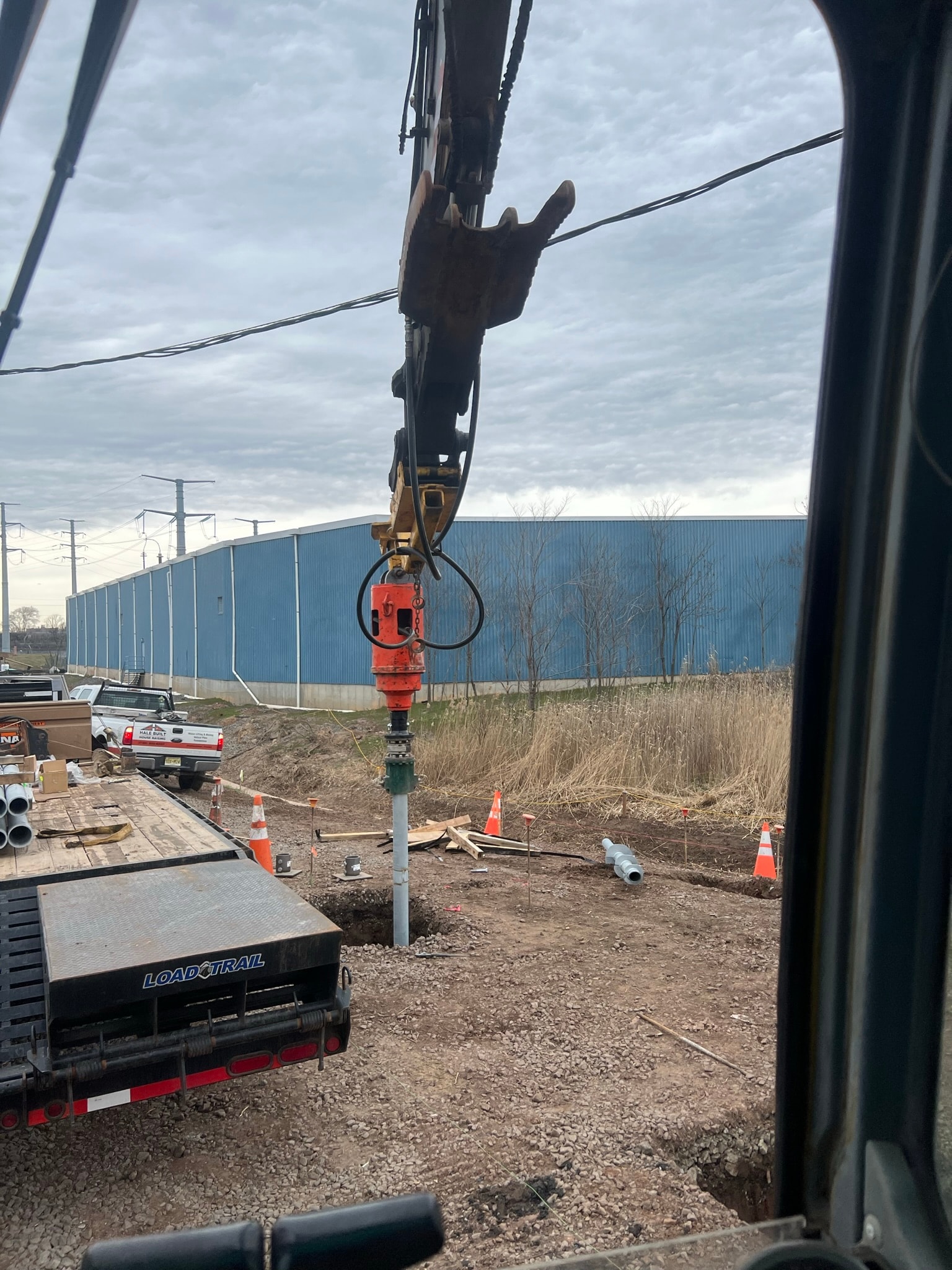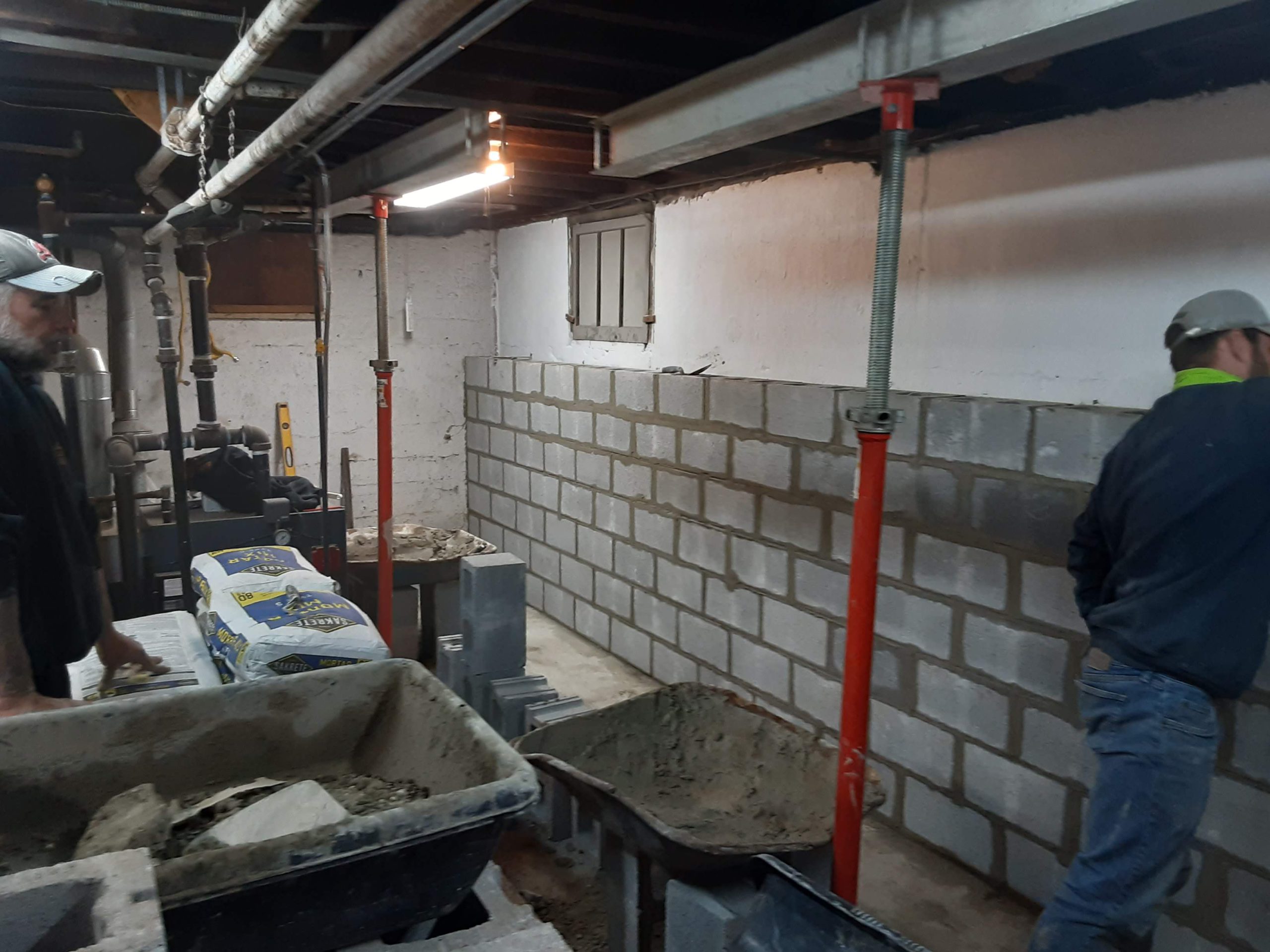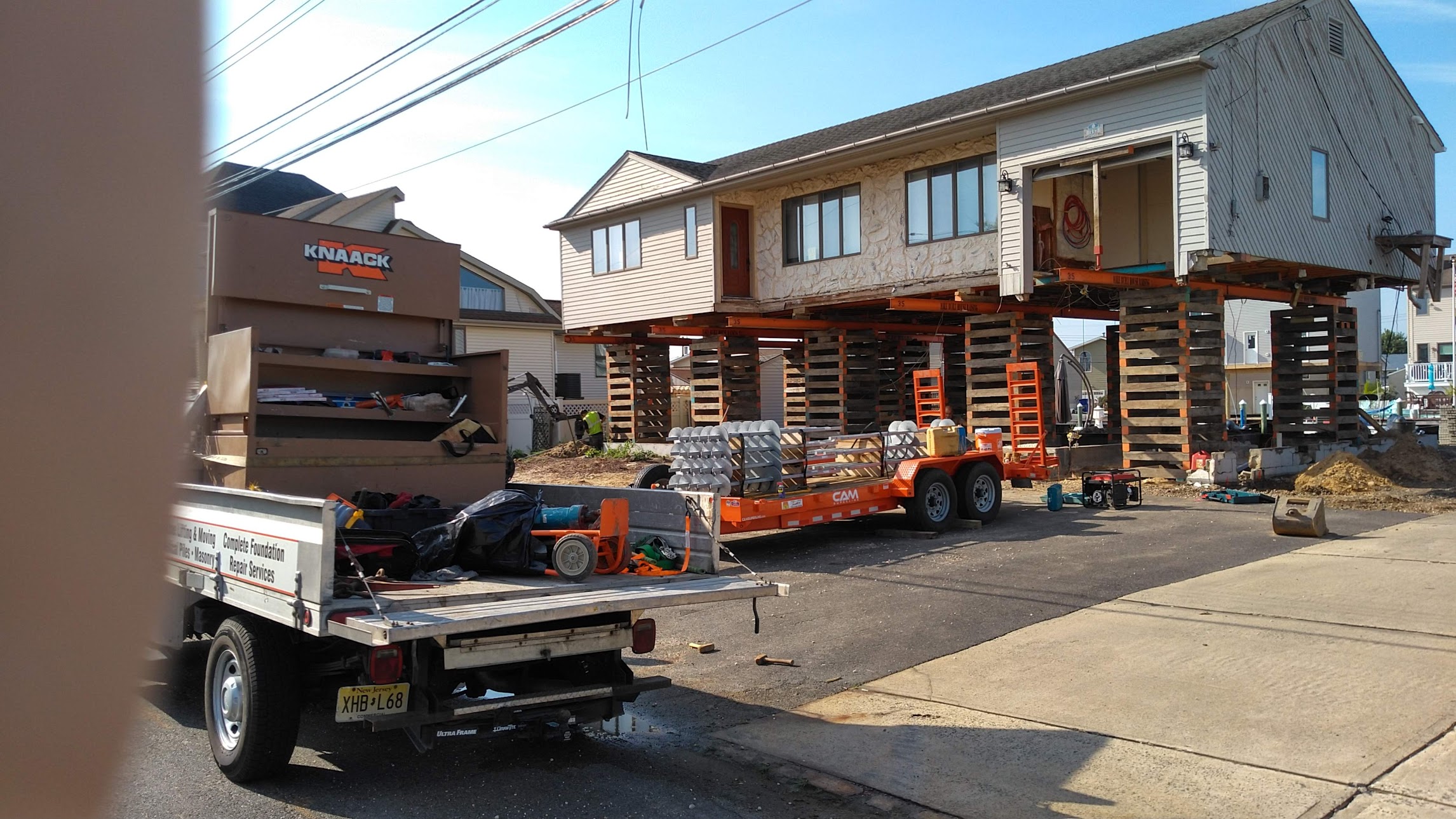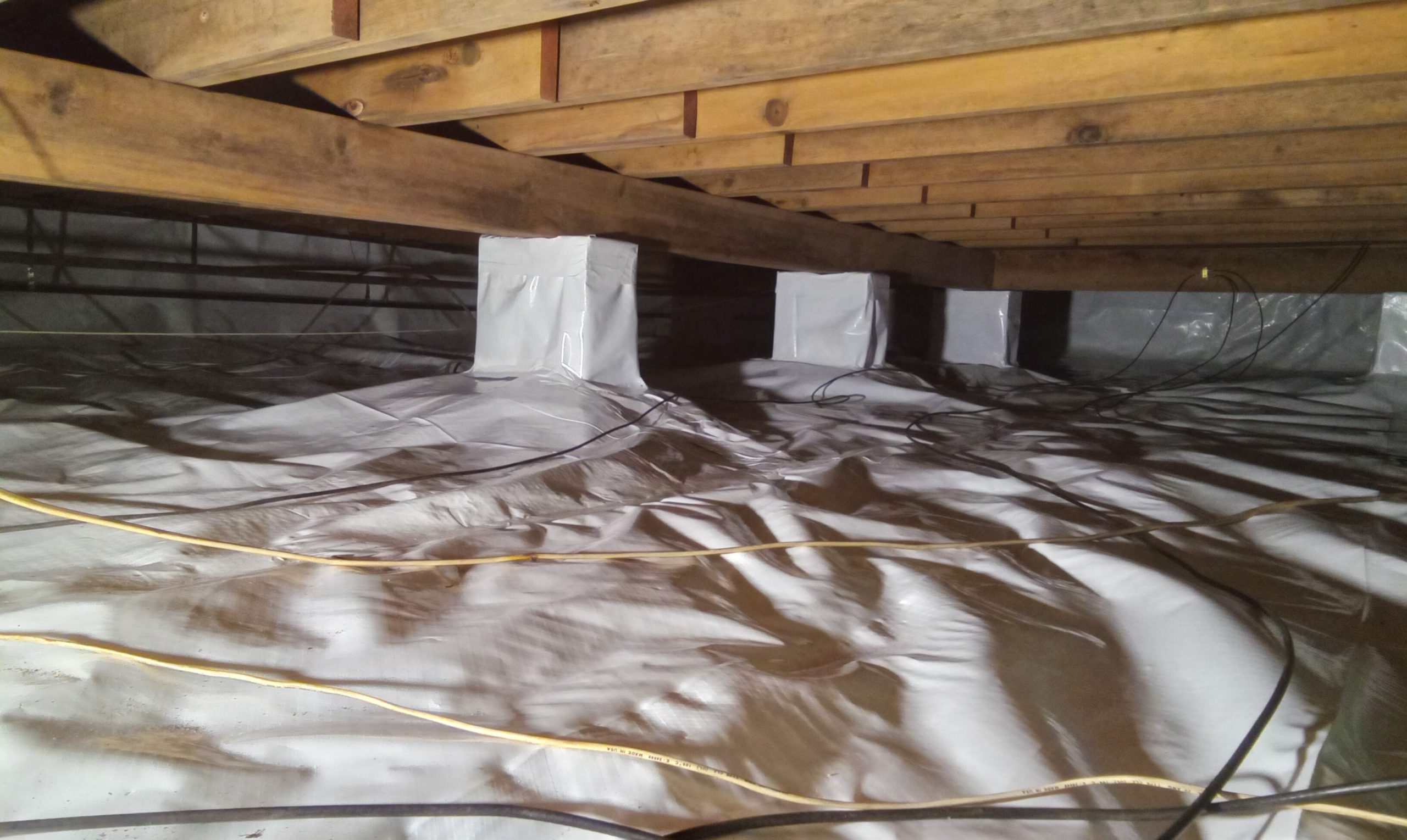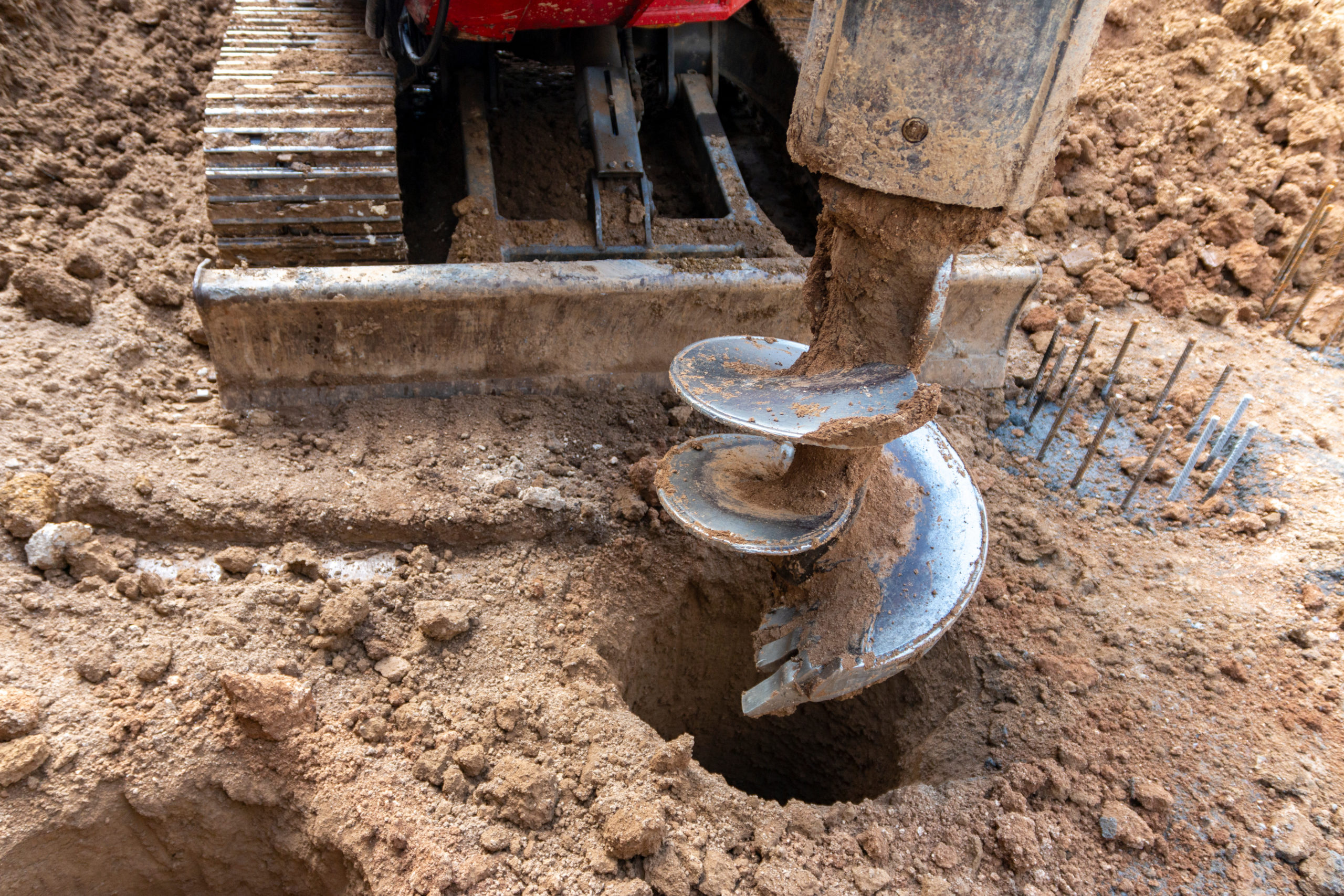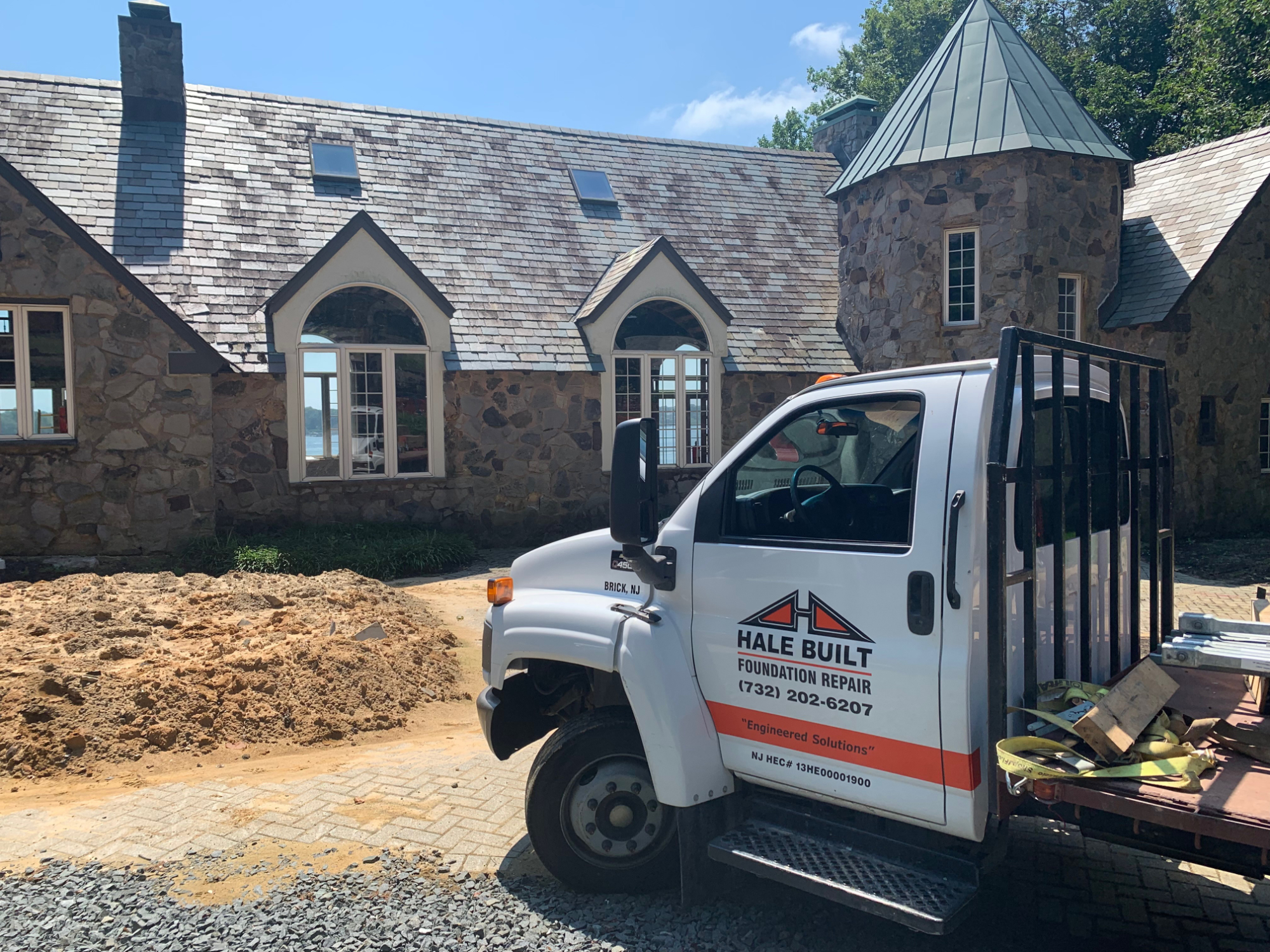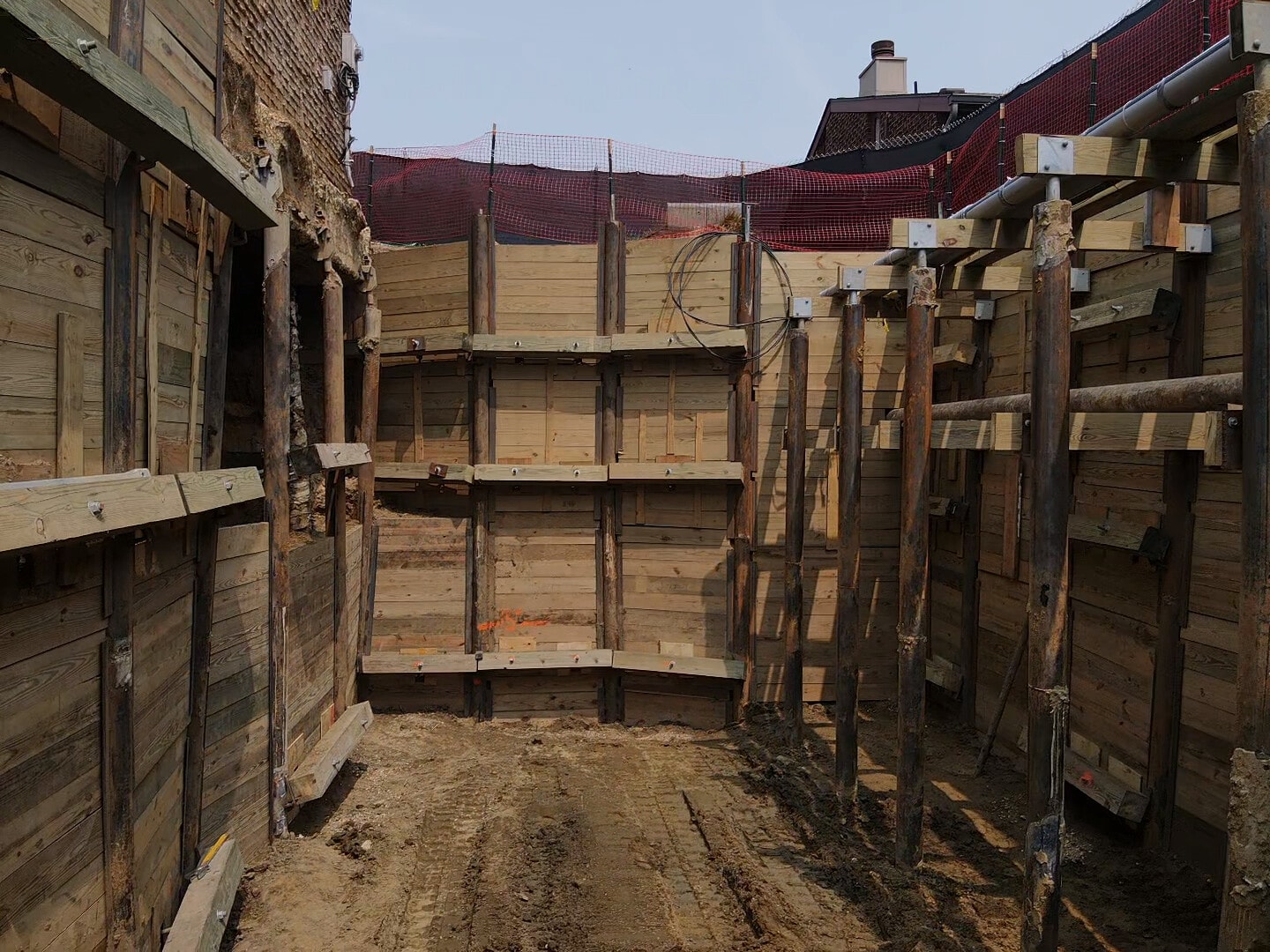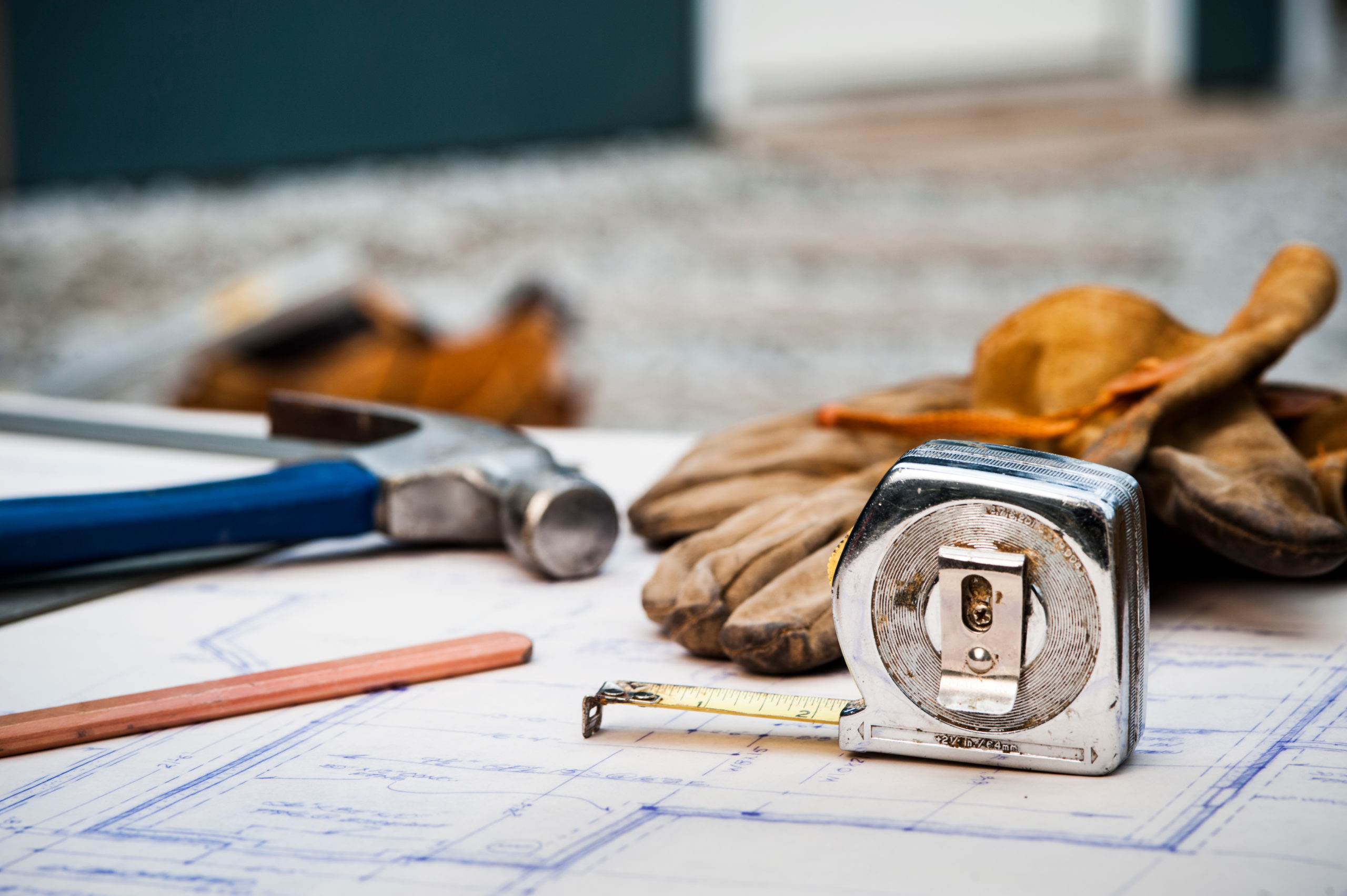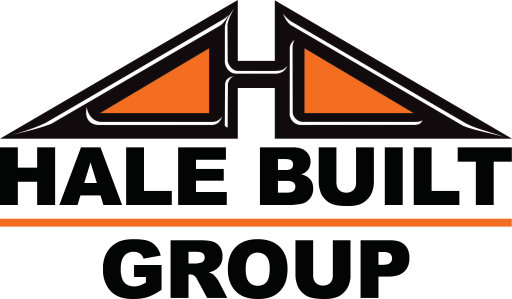Structural Experts in Lifting, Moving, Pilings & Repairs
Who Is Hale Built Group?
Celebrating over 75 years of integrity, safety and experience, our team is highly skilled in structural assessment, cost estimation, value engineering, inspections repair, and installation spanning several disciplines.
Whether it be home elevation or house moving, heavy rigging, various piling applications, or structural repairs, you won’t find a more professional team.
Why Countless Choose Hale Built Group
Professionalism. Value Engineering. Comprehensive Services.
Our process is one of practical solutions, not sales. We serve a wide variety of clients like homeowners with sinking or flooded homes, municipalities, business owners, environmental or GC companies and often directly to engineers, architects, and site contractors.
Our five distinct departments coordinate well and rely on each other for various project components. Nowhere else will you find a veteran coastal floodplain manager, a career structural expert and career piling installer under the same roof.
